Vicelin-Kirche Pronstorf





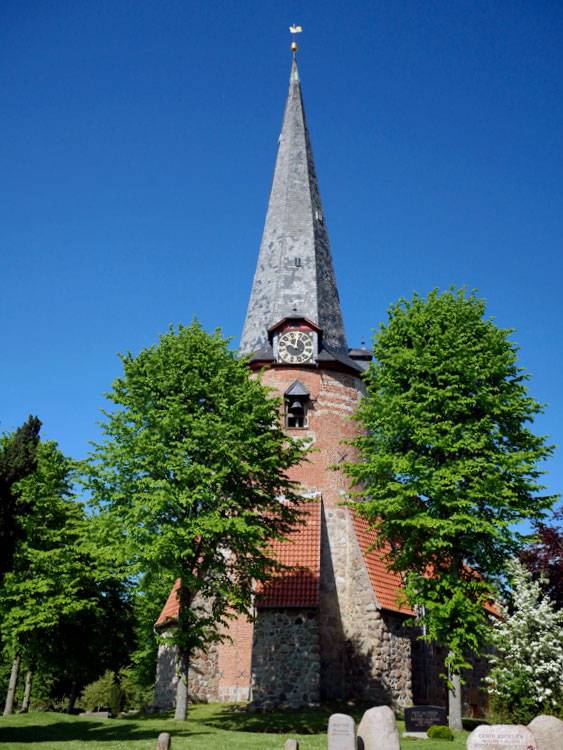

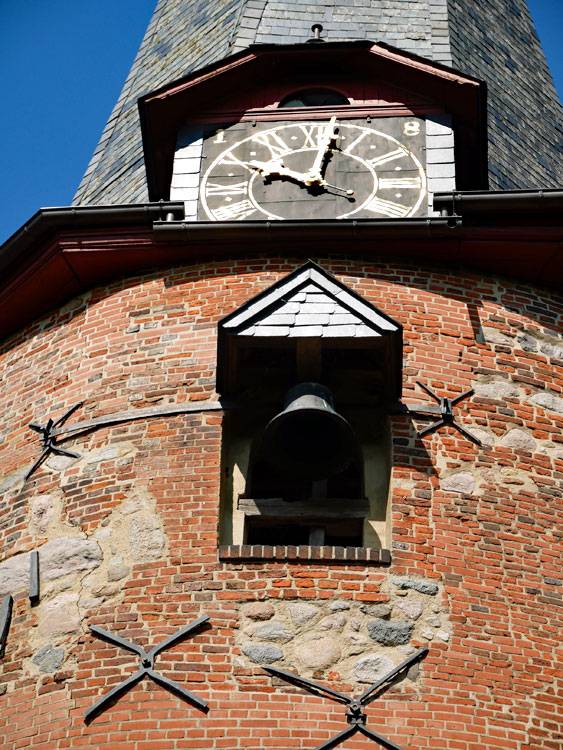
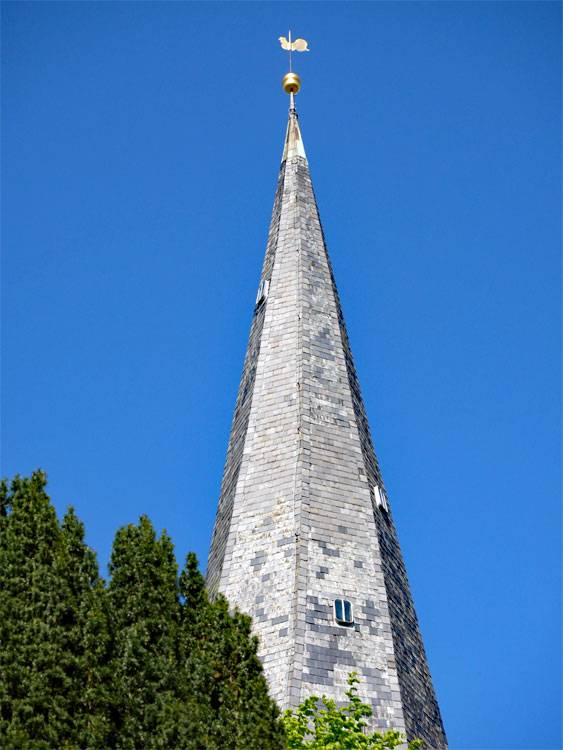
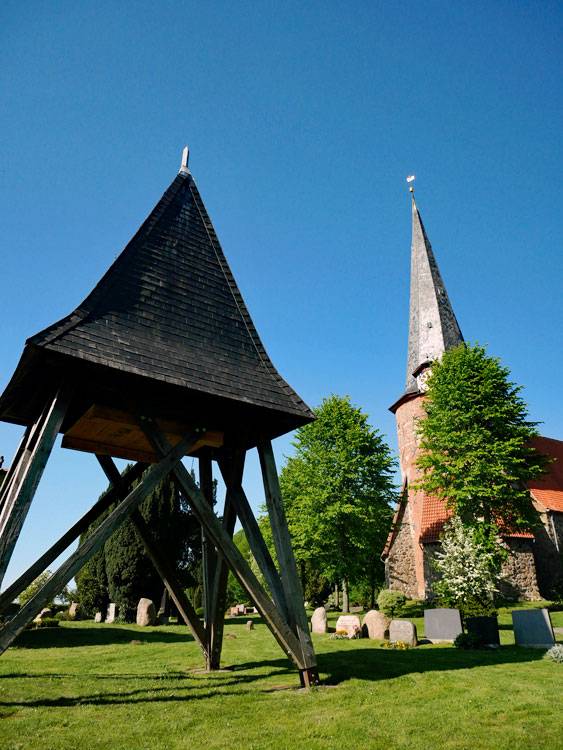
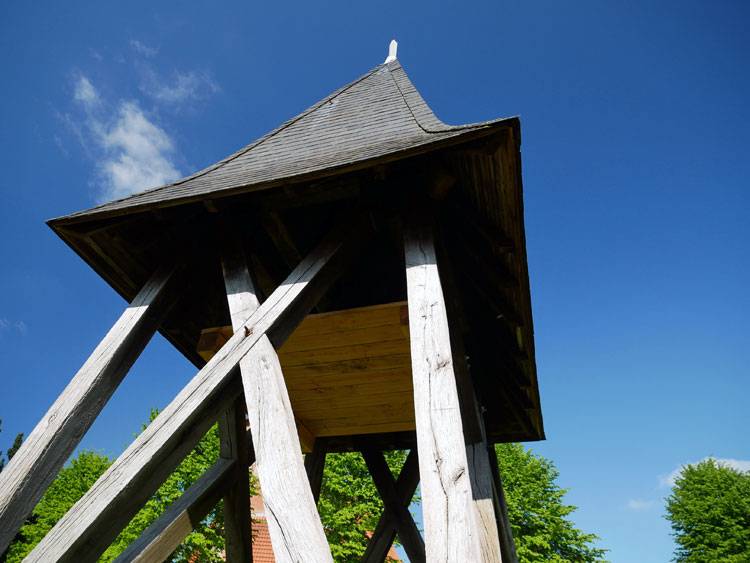


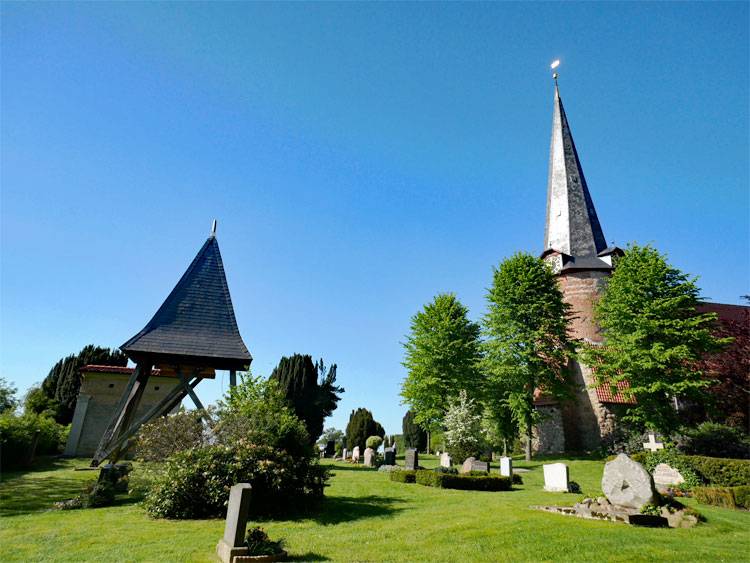
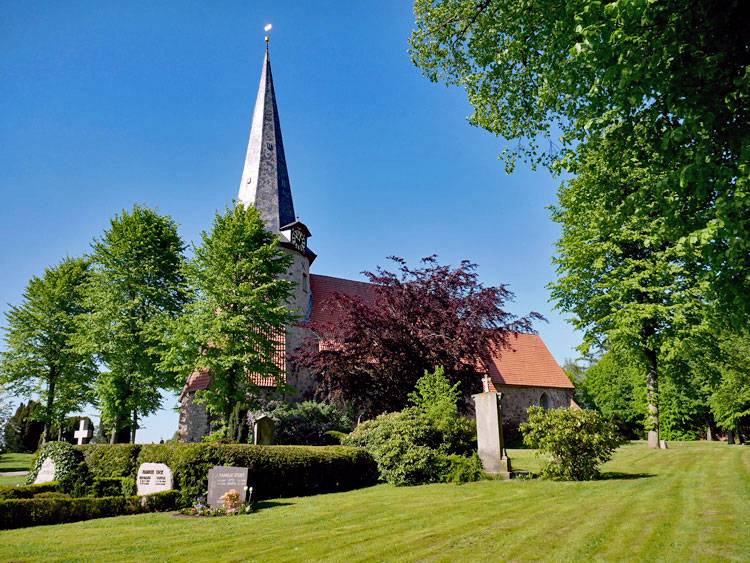



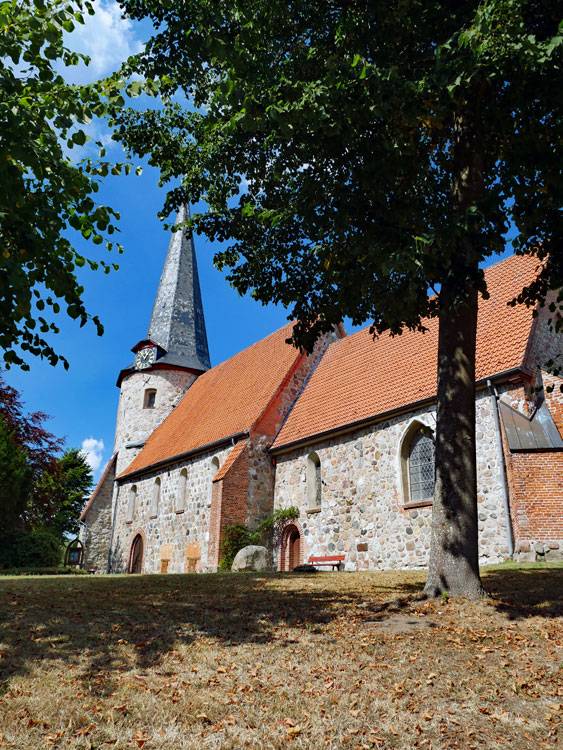

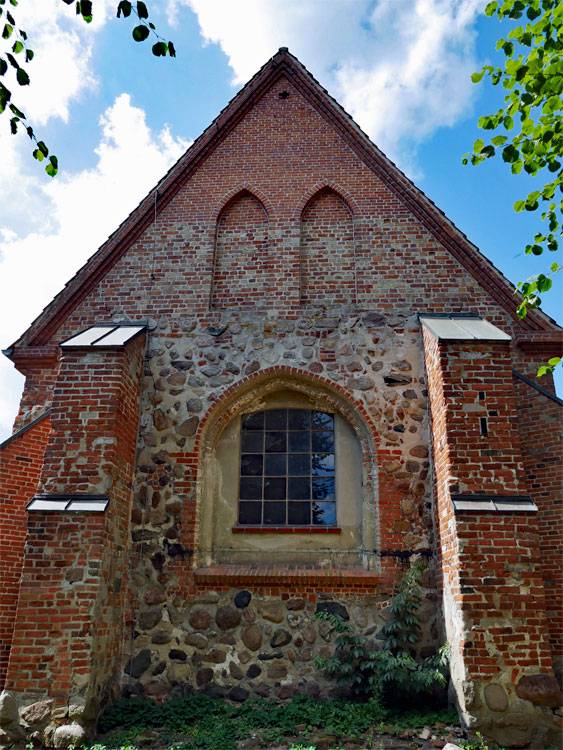




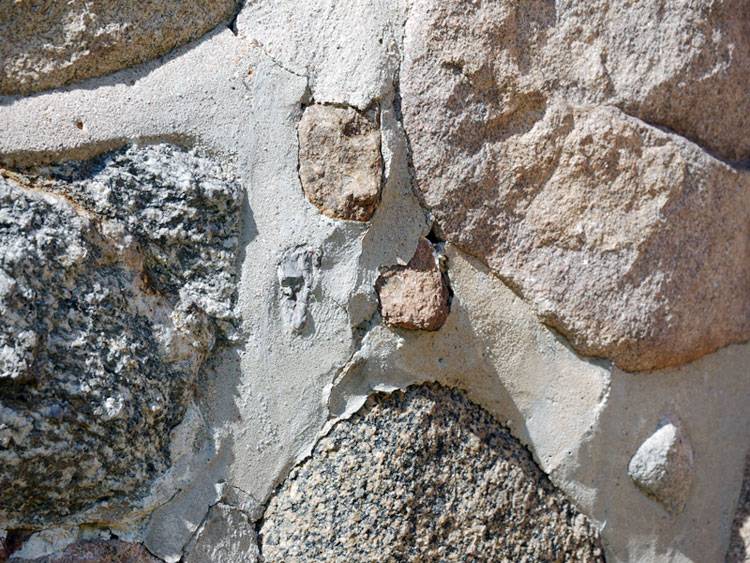
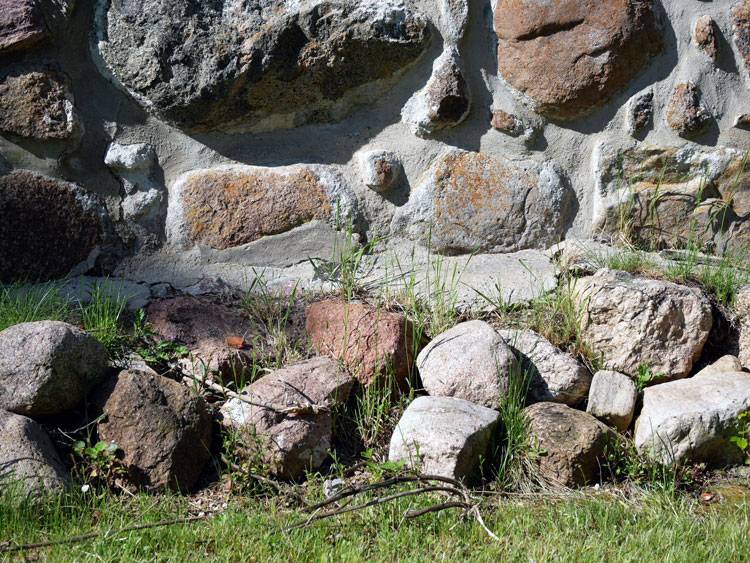
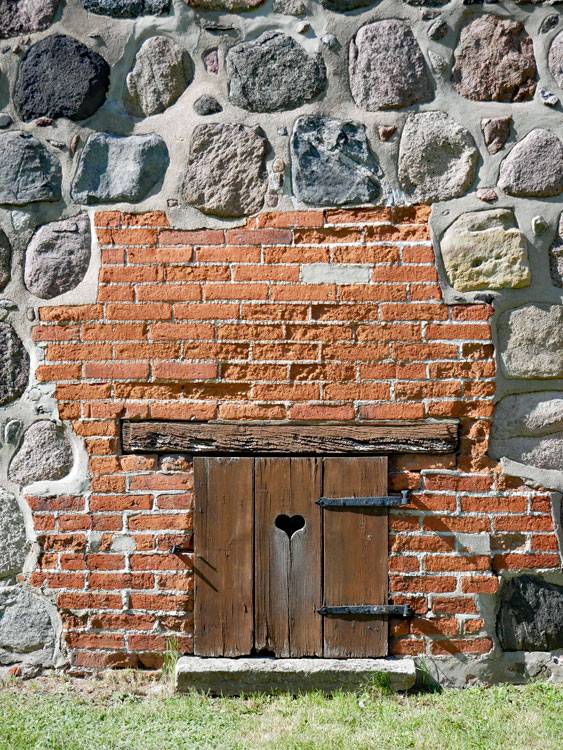





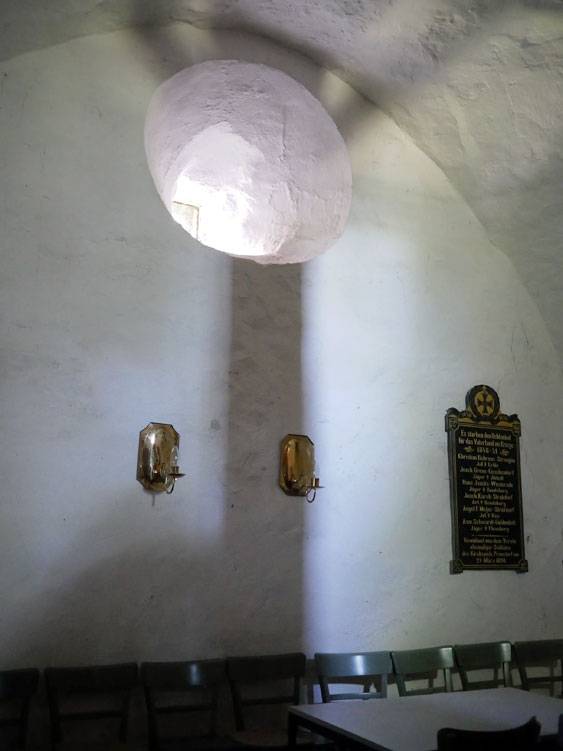

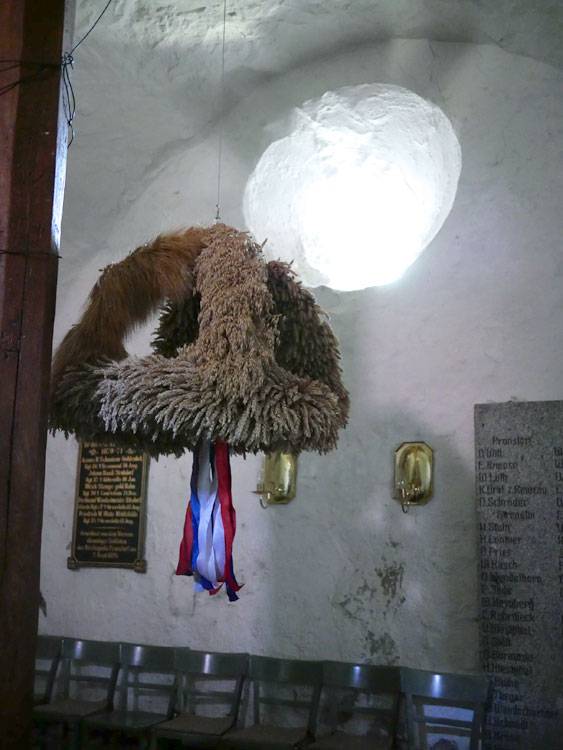




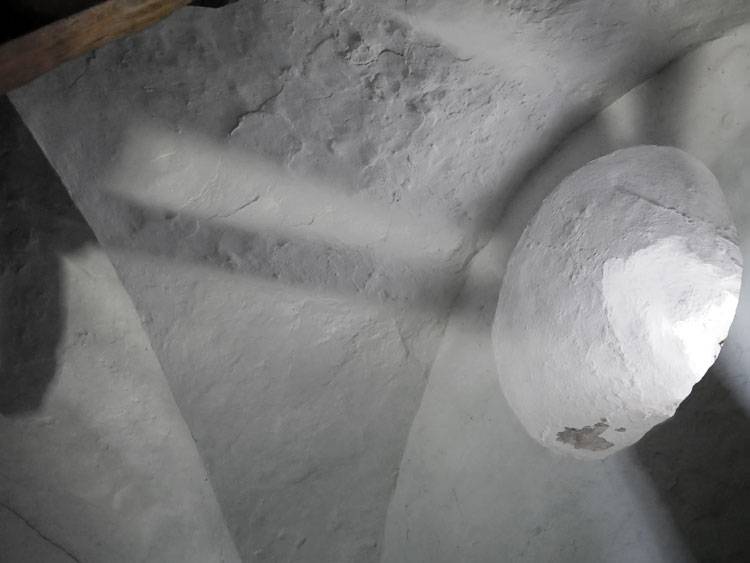
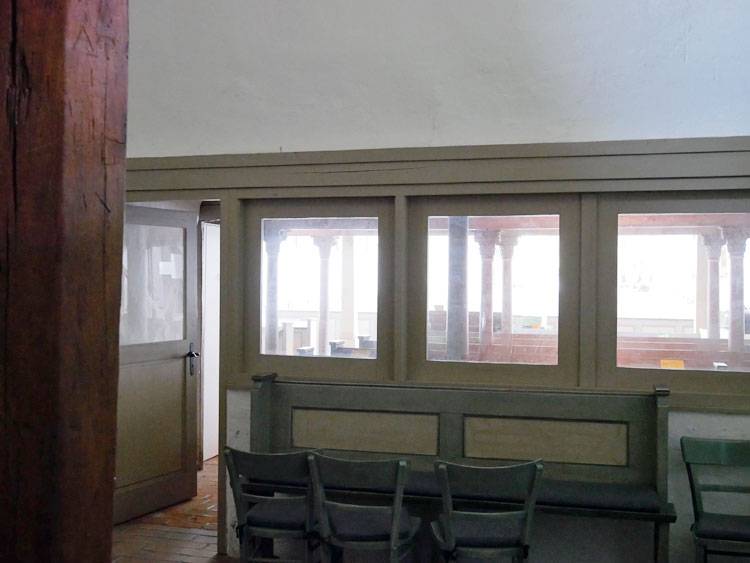

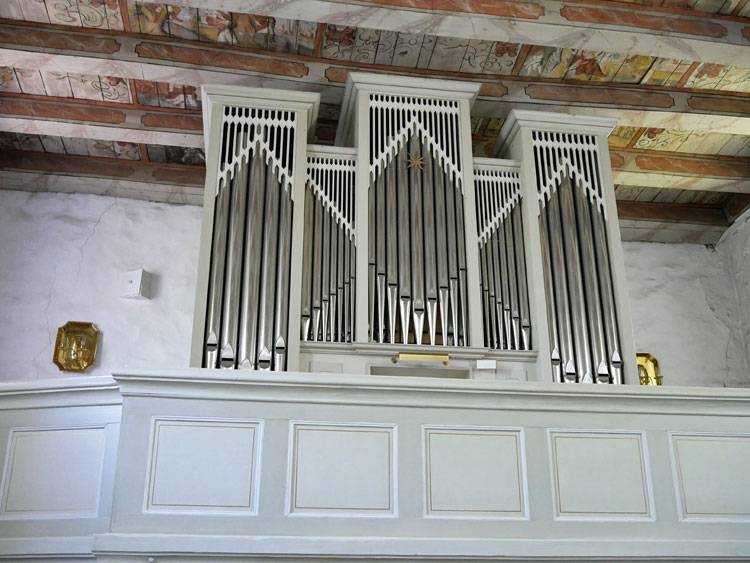



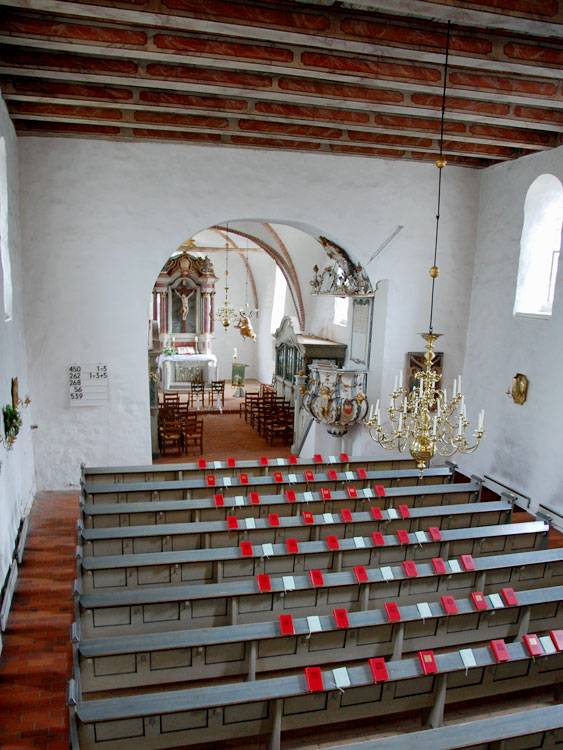


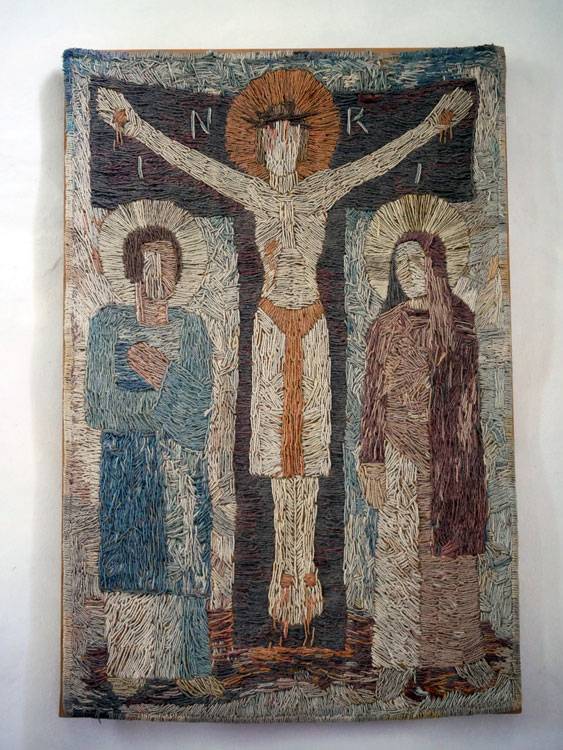





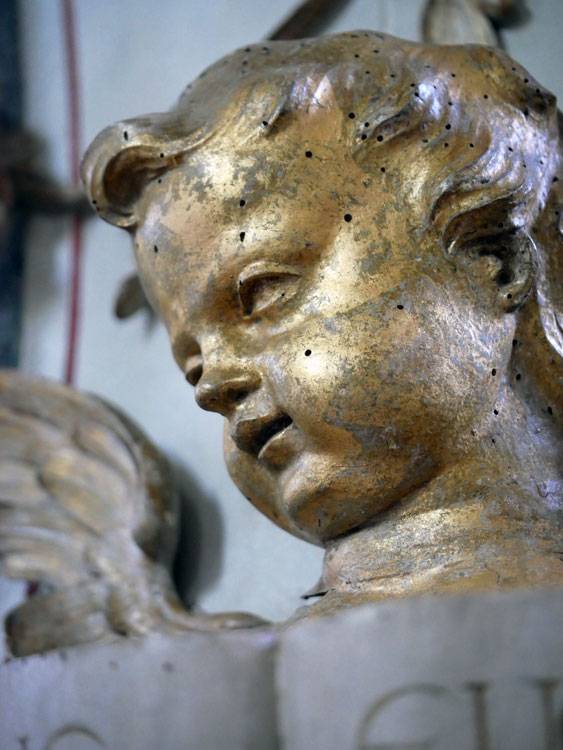




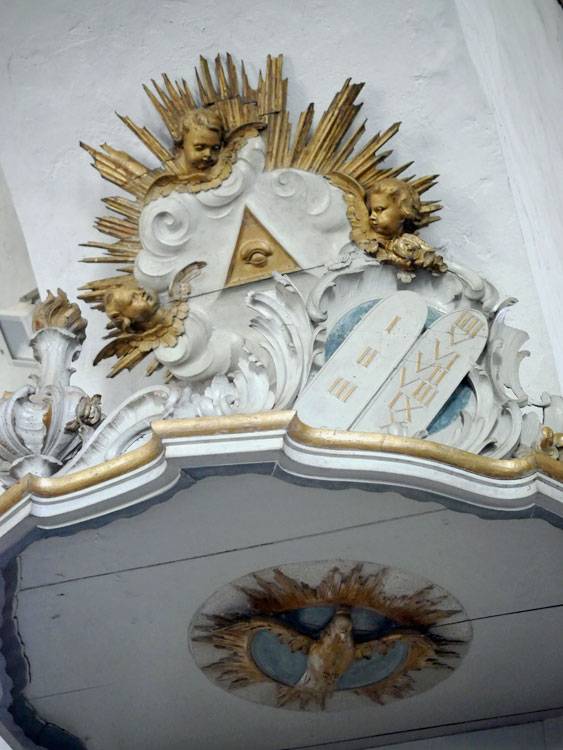


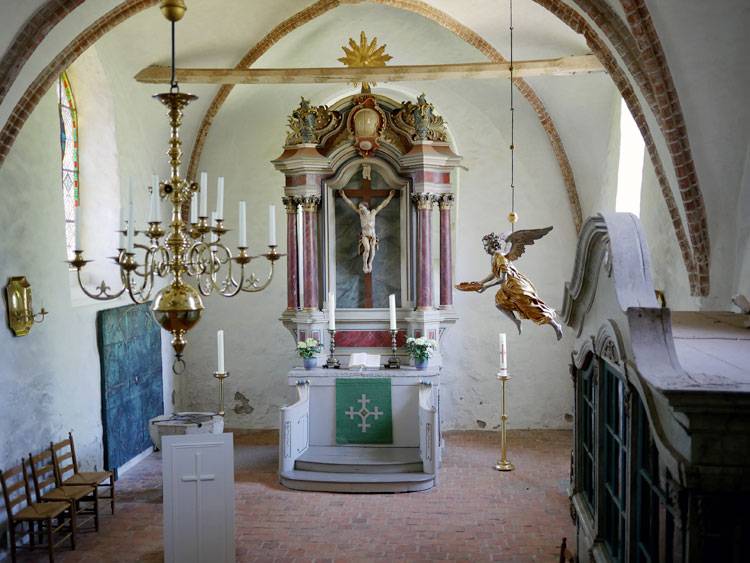


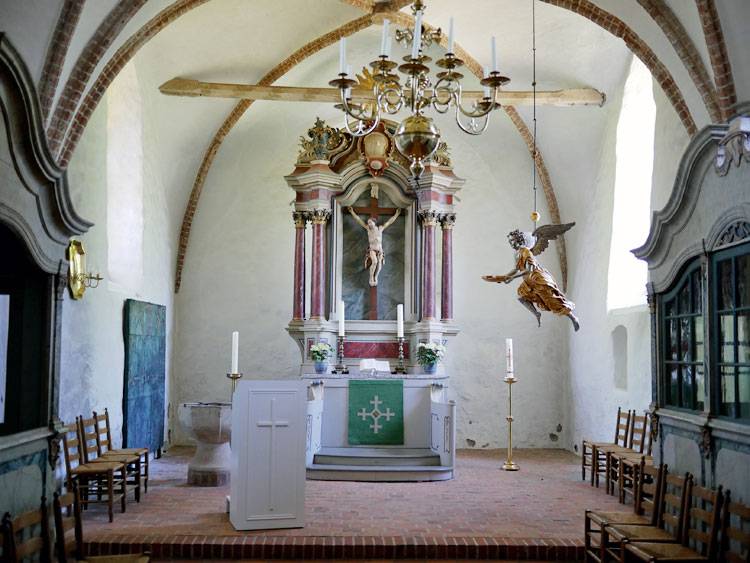
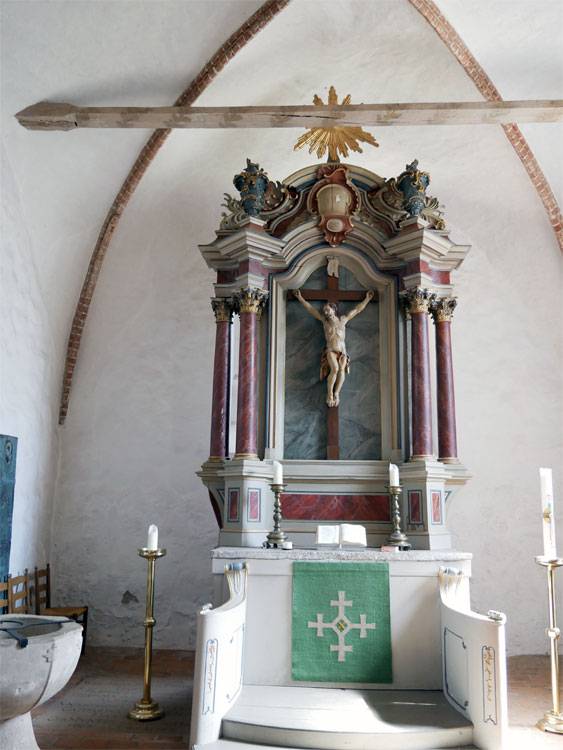
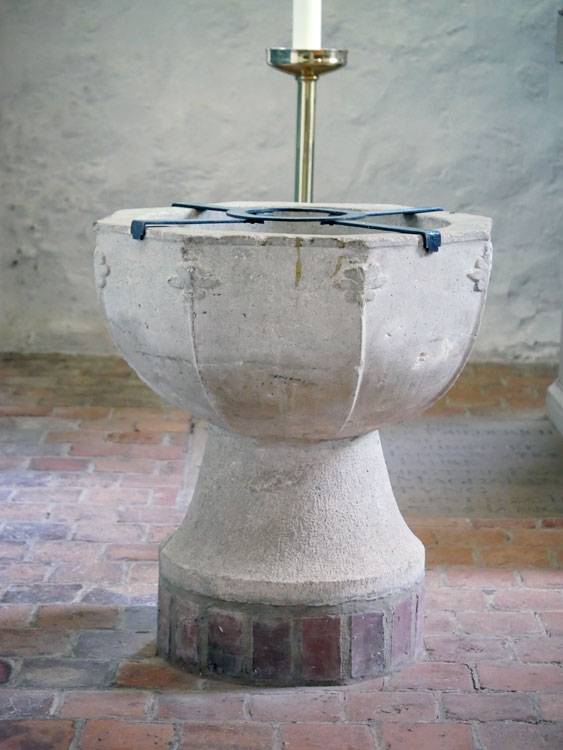
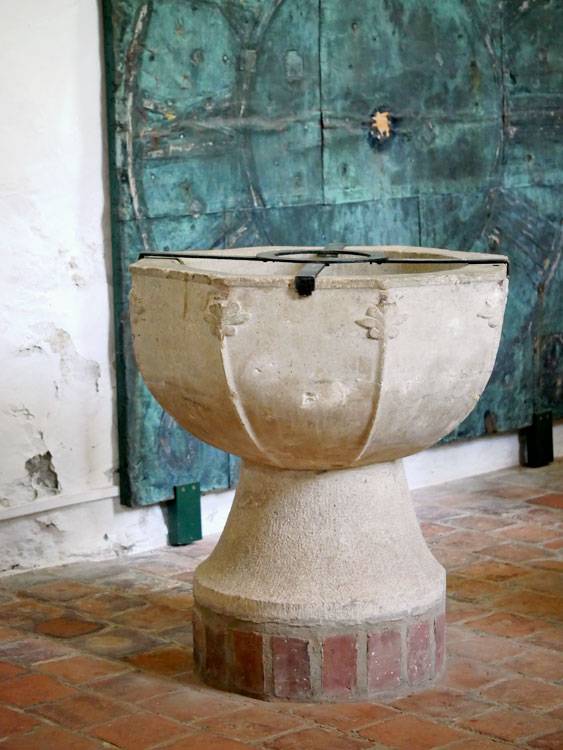
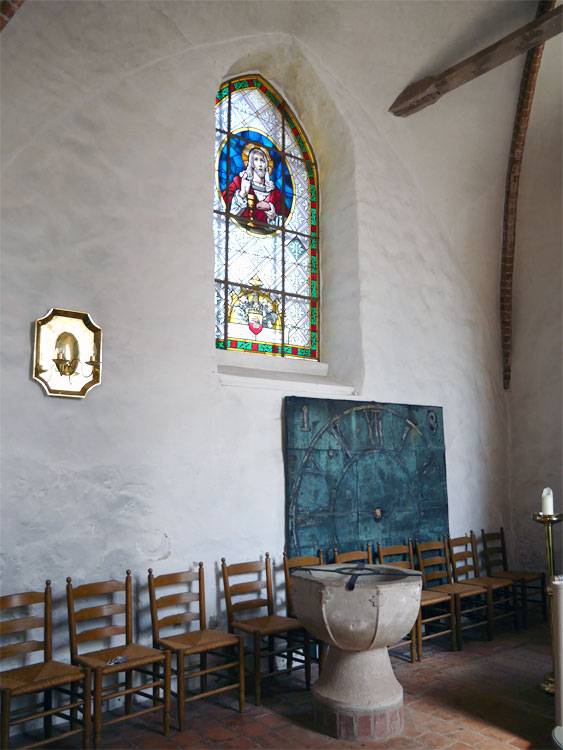

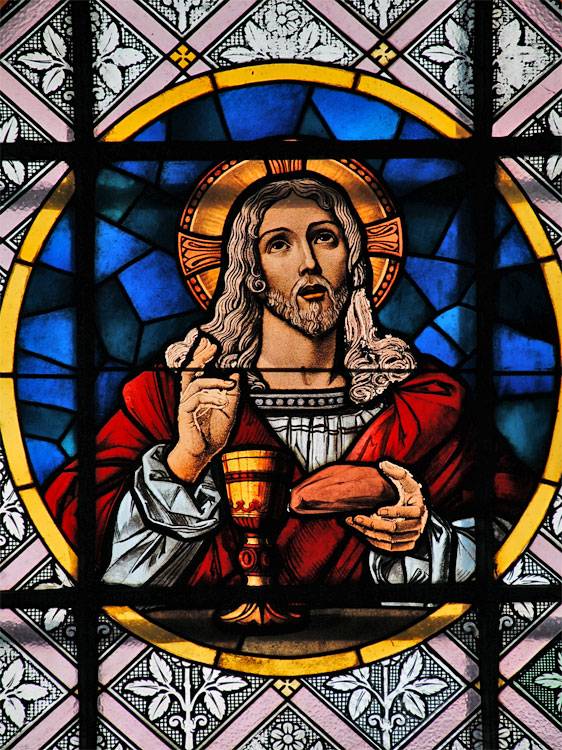

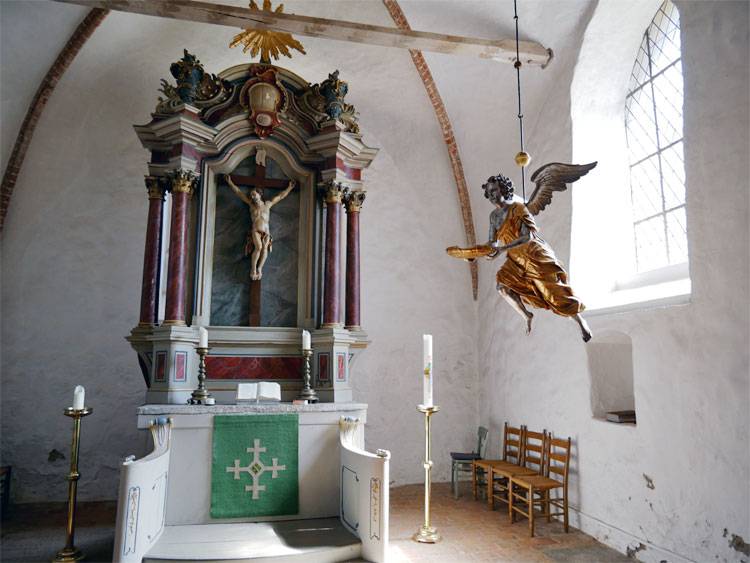

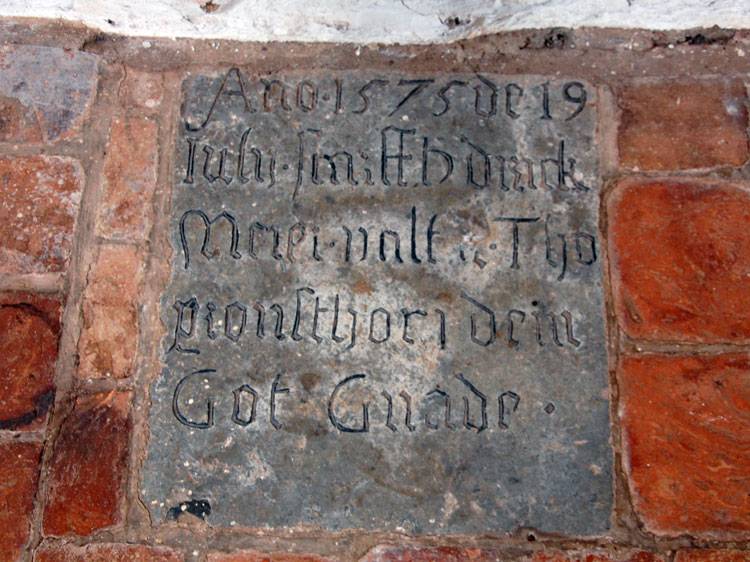





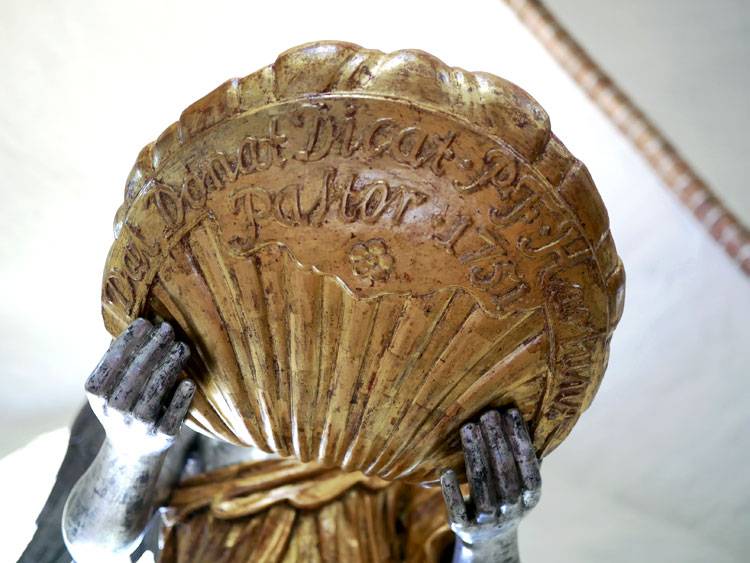
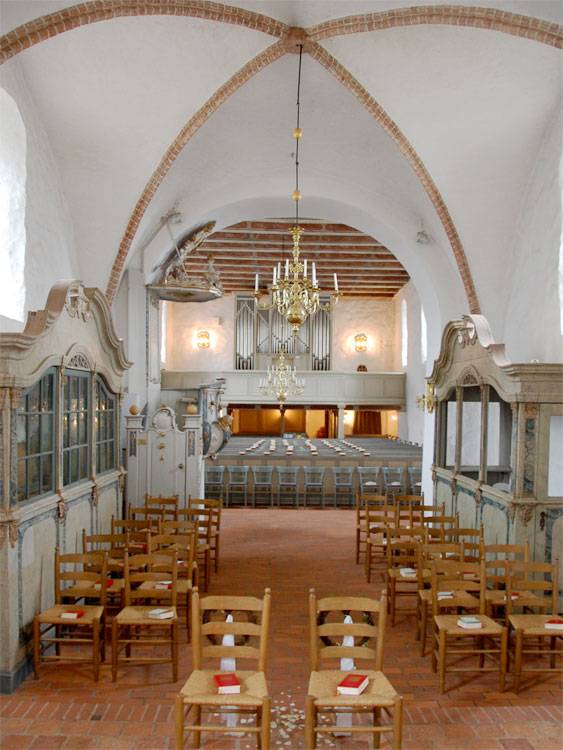
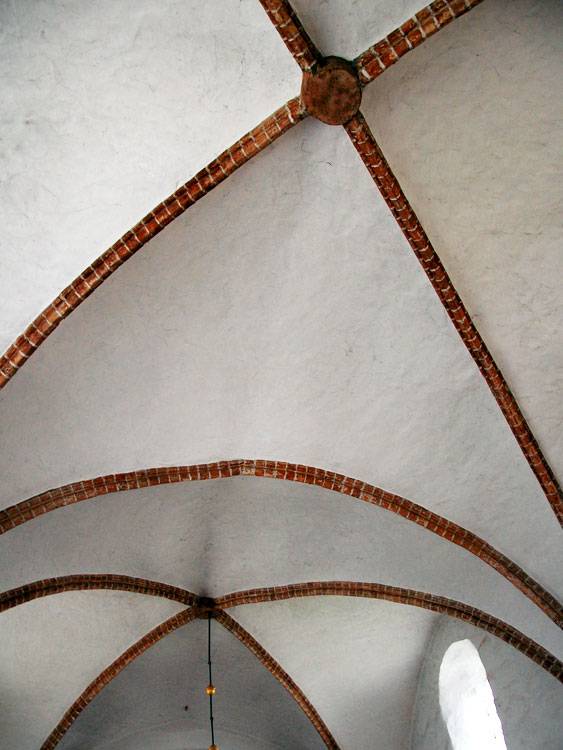
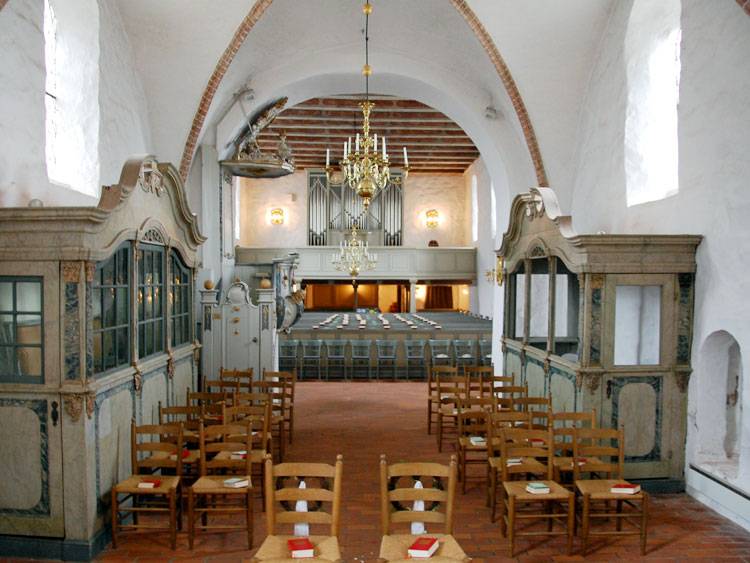


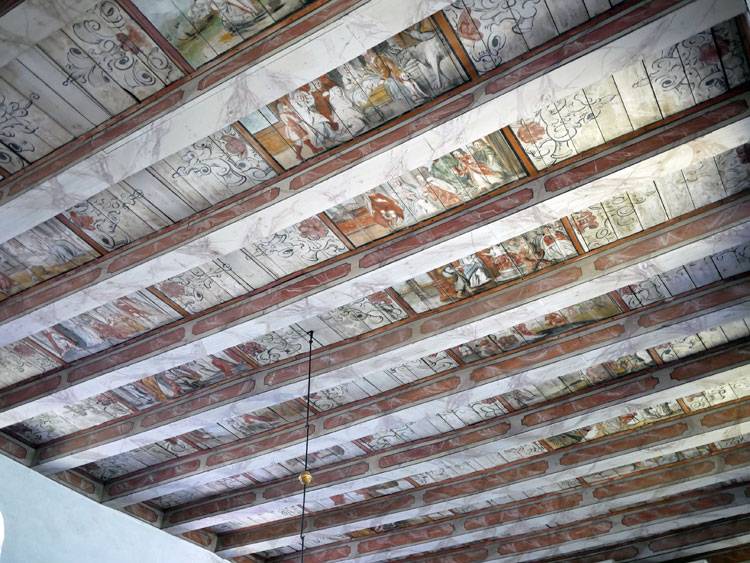






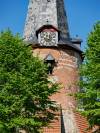








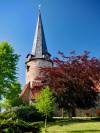

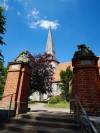



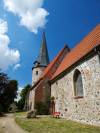






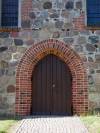



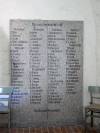

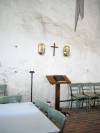










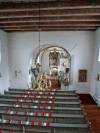
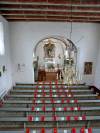




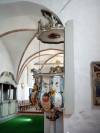

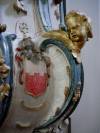
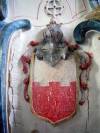


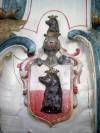

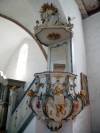


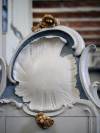









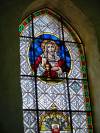



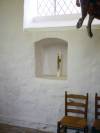



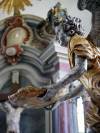






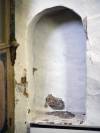








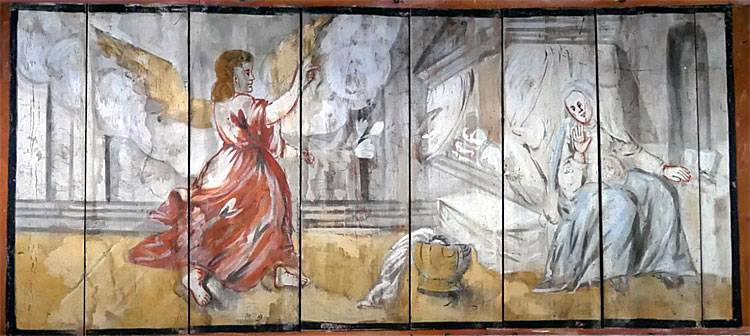
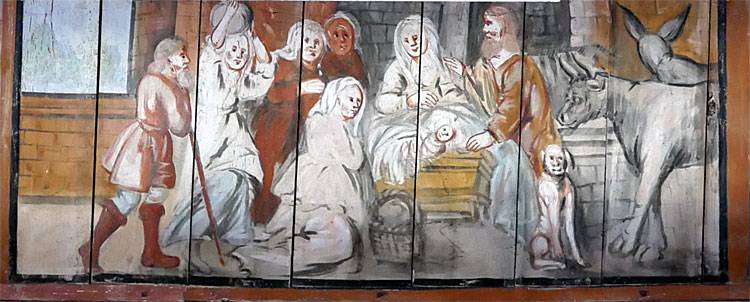

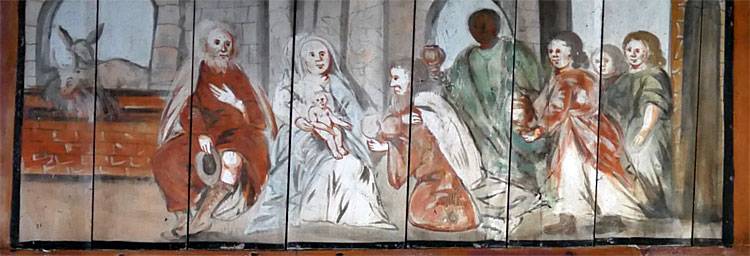

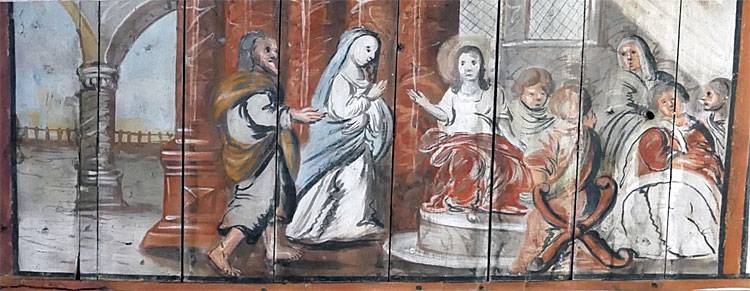
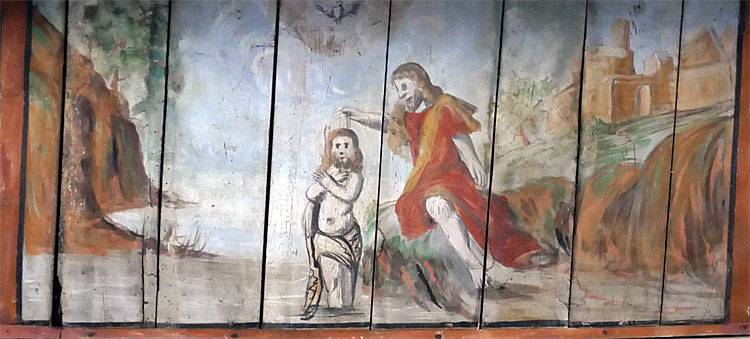

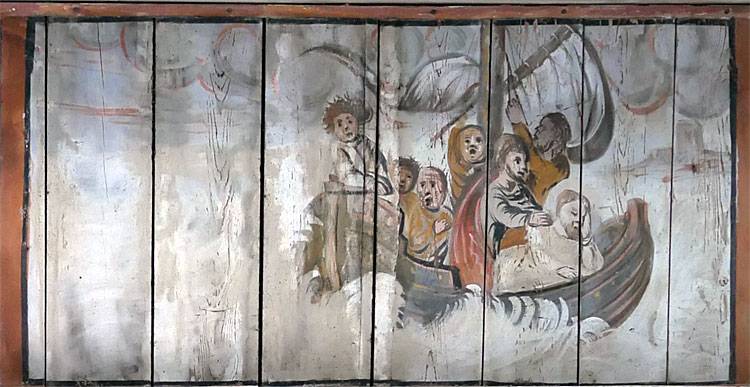


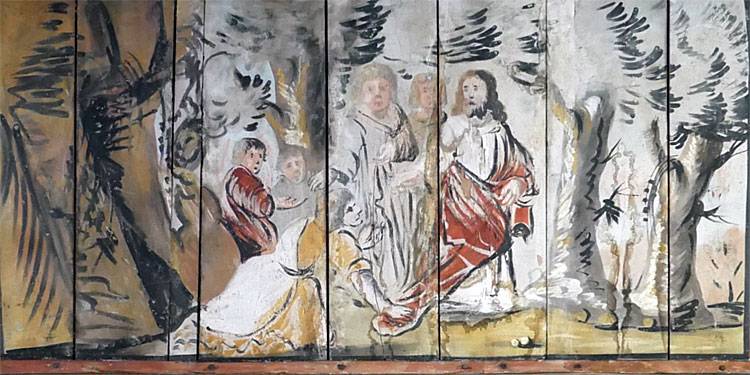



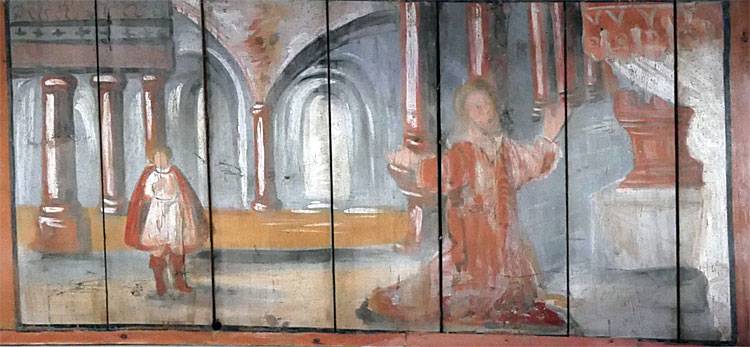
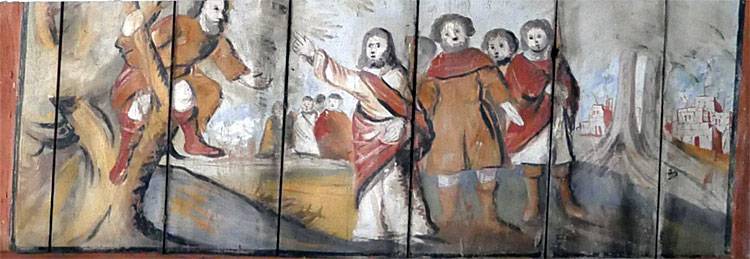

























Vicelin-Kirche Pronstorf
Where to find this church
Church Information
The Vicelin-Kirche is located in Pronstorf, a village in Schleswig-Holstein about ten miles east of Bad Segeberg.
This church is usually open to visitors
* denotes external links that open in a new window


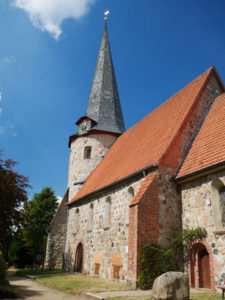

Visiting Vicelinkirche Pronstorf
The church at Pronstorf is another of the Round Tower Churches in Schleswig-Holstein we have so far always found open and welcoming to visitors. It has no special dedication, and is therefore – like several other churches in the country – known as “Vicelinkirche”, although Bishop Vicelin, who is venerated as a saint of the Catholic Church, died as early as 1154, when many of the Vicelin churches had not yet been built, or at least not completed. Nevertheless, he is the eponym of today’s mostly protestant Lutheran churches, as he had at least commissioned them.
The first mention of the church – like many of the other Round Tower Churches in the region built as a late Romanesque fieldstone building – dates back to 1198. It was probably erected at a former pagan sacrificial site (for the Wendish god “Prone”), which was common at the time, as this was how the old pagan shrines were christianised. The original form of the church was probably that of a “traditional” Vicelin church: round tower, Romanesque nave and, in the east, a square choir with semicircular apse. This was demolished in early Gothic times and extended into the present form of a rectangular choir.
On the outside, the church has some special features not seen in other round-towered churches in the Bundesland. For example, there are three subsequently added buttresses on the tower, another on the south-east corner of the nave and four more on the extension of the chancel. The octagonal pointed spire of the tower was added later. Since 1807, there has only been one clock bell in the tower itself, which hangs visibly from the outside because cracks were discovered in the masonry. Thus, a separate belfry (“campanile”) was built to the west of the tower in the churchyard, in which the only remaining bell from 1749 is located.
The church is entered through a door in the south wall, and one finds itself in the nave. To the left is the west gallery with the new Marcussen organ from 1999, under which a passage leads into the square tower hall with two round windows; this is obviously used as a chapel today. Back in the nave, it is advisable to pause for a moment and let the beautiful aura of the church take effect on you. The rococo pulpit on the south wall of the chancel arch immediately catches the eye. It was donated in 1761 by Henning von Buchwaldt, who was the church patron at the time. The column-bearing tulip-shaped basket is decorated with cherub heads on the edges and a book-holding angel. It is also decorated with the coat of arms of the founder. The associated sounding board above is decorated with vases, a cartouche with the tablets of the law of the 10 commandments as well as the eye of the rays and the back wall with the founder’s inscription. The staircase and door to the pulpit have ornament-framed wall panels and ball-crowned door pillars. The ensemble is a remarkable testimony to the Rococo period. Under the eastern nave is a 17th century crypt, which unfortunately is not open to the public. There are 24 coffins here, including sarcophagi and metal coffins from the 17th and 18th centuries.
One now continues into the choir, and sees two patronal boxes on the north and south walls, also from the Rococo period. The one on the north wall is still used as such today. The floating baptismal angel from 1760 on the ceiling of the Gothic ribbed vault, which holds the baptismal bowl, is striking. Originally, the baptismal font in the north-east corner of the choir was used for baptisms. It is the oldest surviving exhibit in the church, dating from the second half of the 13th century, and is made of sandstone from Gotland. Children used to be completely immersed in these baptismal fonts when they were baptised. From the 17th century onwards, however, it became customary to wet only the head of the person to be baptised, and so baptismal bowls were introduced, which is held here by the aforementioned baptismal angel. Since 1993, it has actually been used for baptisms again. Above the old baptismal font is the church’s only stained glass window from the beginning of the 20th century. Finally, the altar from 1767 belongs to the overall ensemble of the choir. With its late Baroque construction with columns, it is reminiscent of the furnishings of Baroque churches.
If you now turn back to the nave, you should definitely look at the ceiling, perhaps the most spectacular sight of this church, which is surely not lacking in rare pieces: the painting of the entire ceiling of the nave from 1680 shows a total of 28 scenes from the Old and New Testaments in transverse rectangular fields, and is one of the few testimonies of this kind in the whole of Schleswig-Holstein.
Conclusion: beautiful open church with plenty to see and discover; a must see!




